Le temps qui nous manque
An exploration of the author own life data, where he visualized his sleep, work, and daily rhythms in dozens of creative, experimental ways to reveal hidden patterns.
Published on August 9, 2025
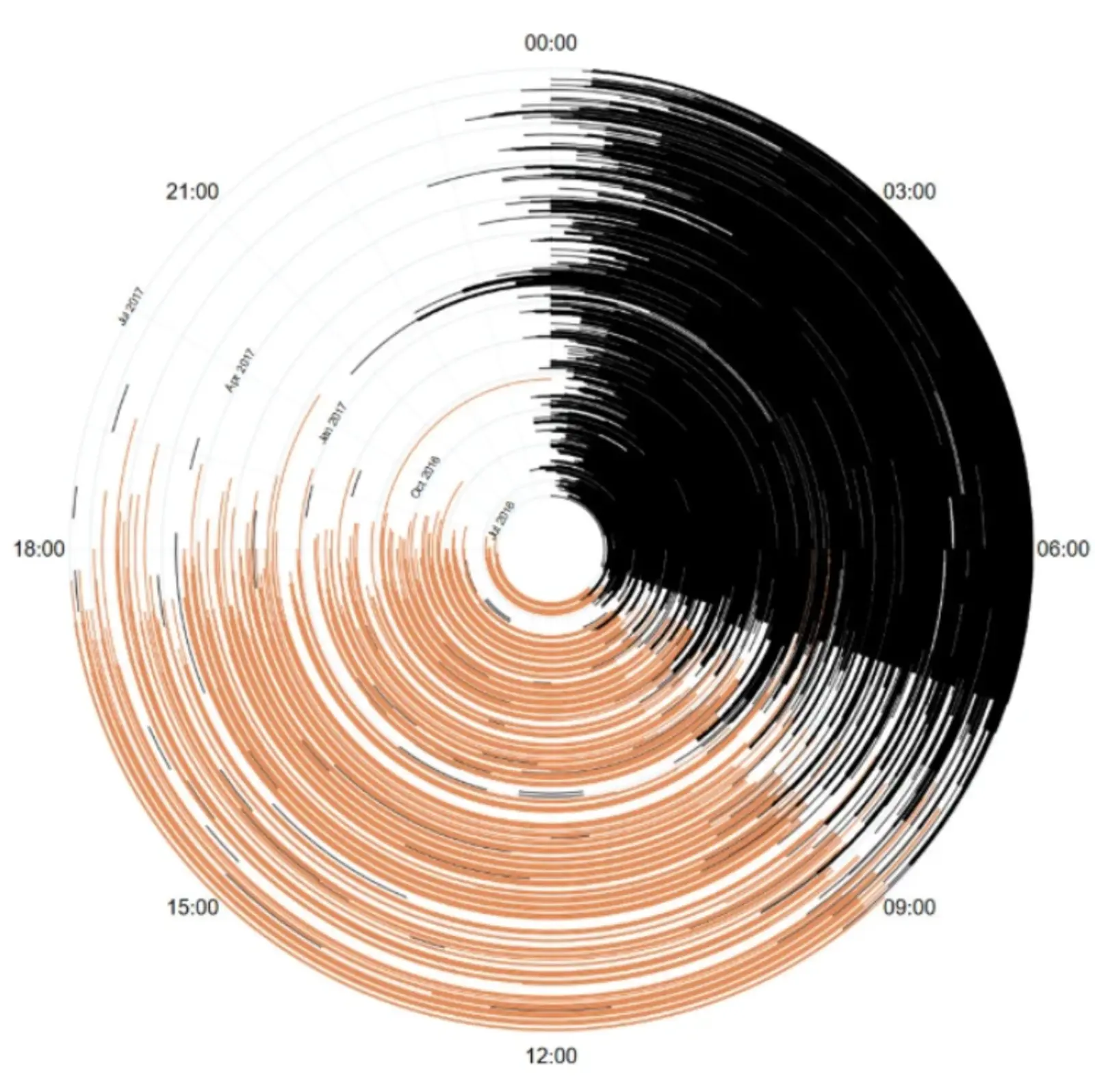
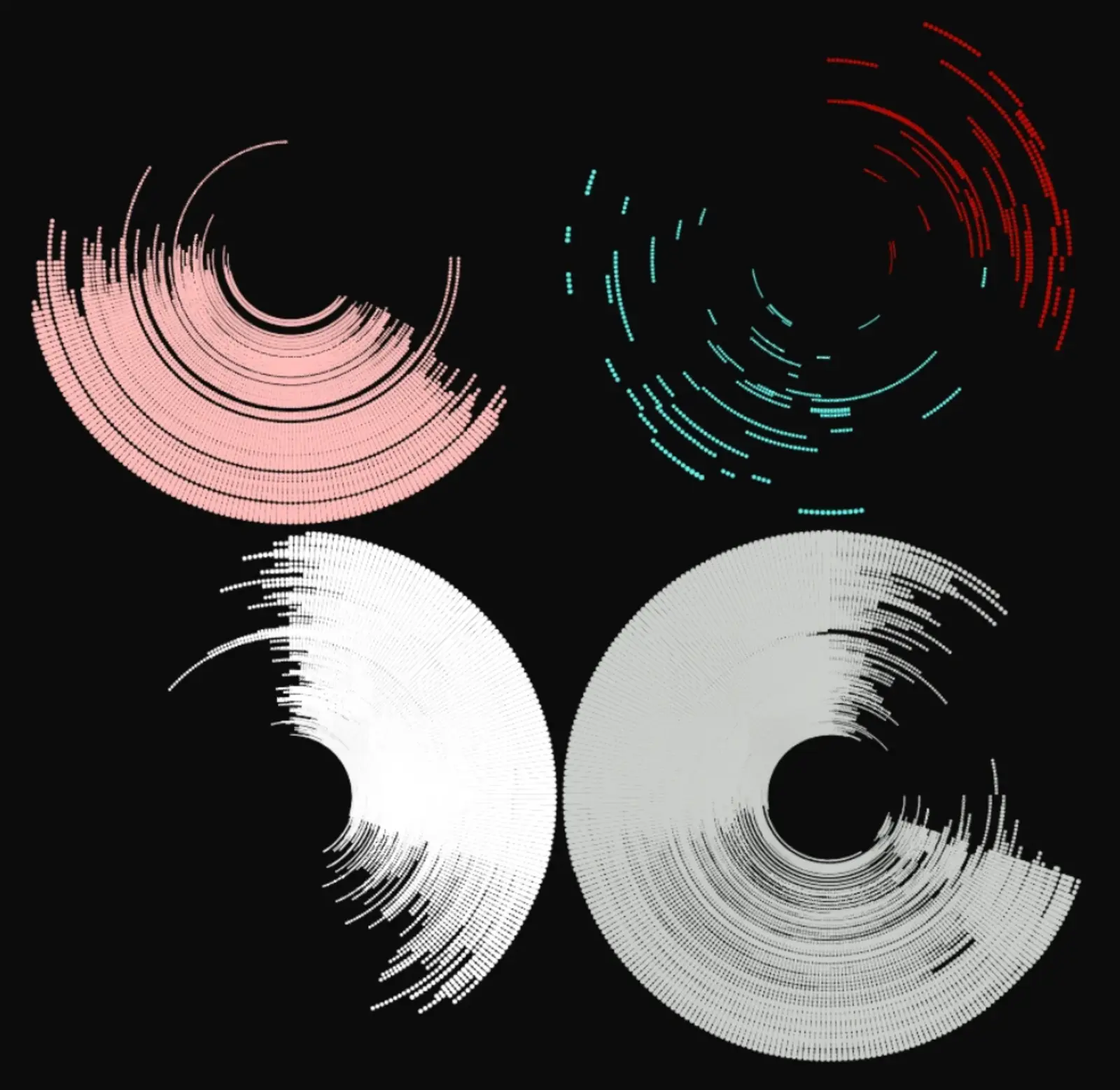
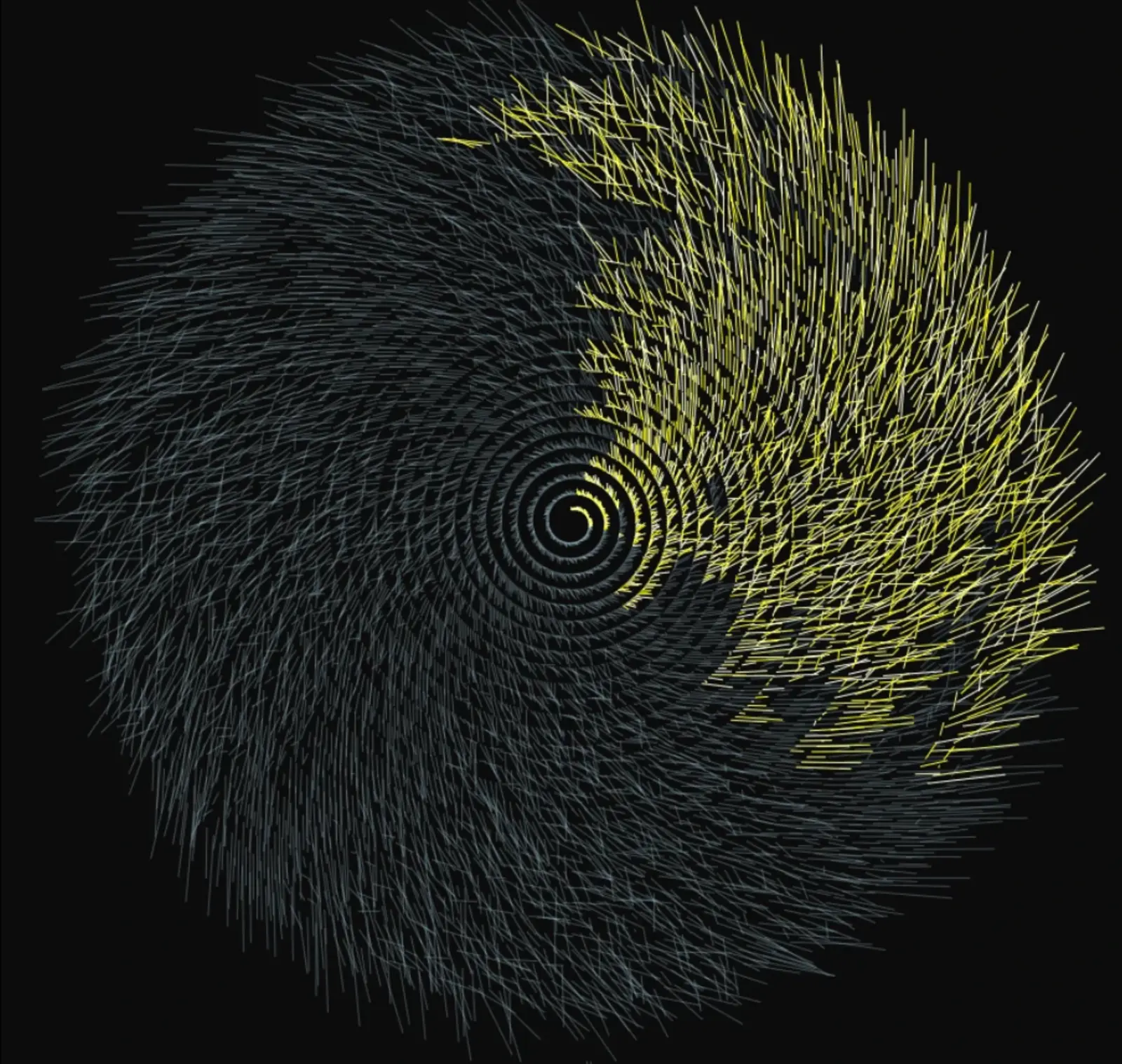
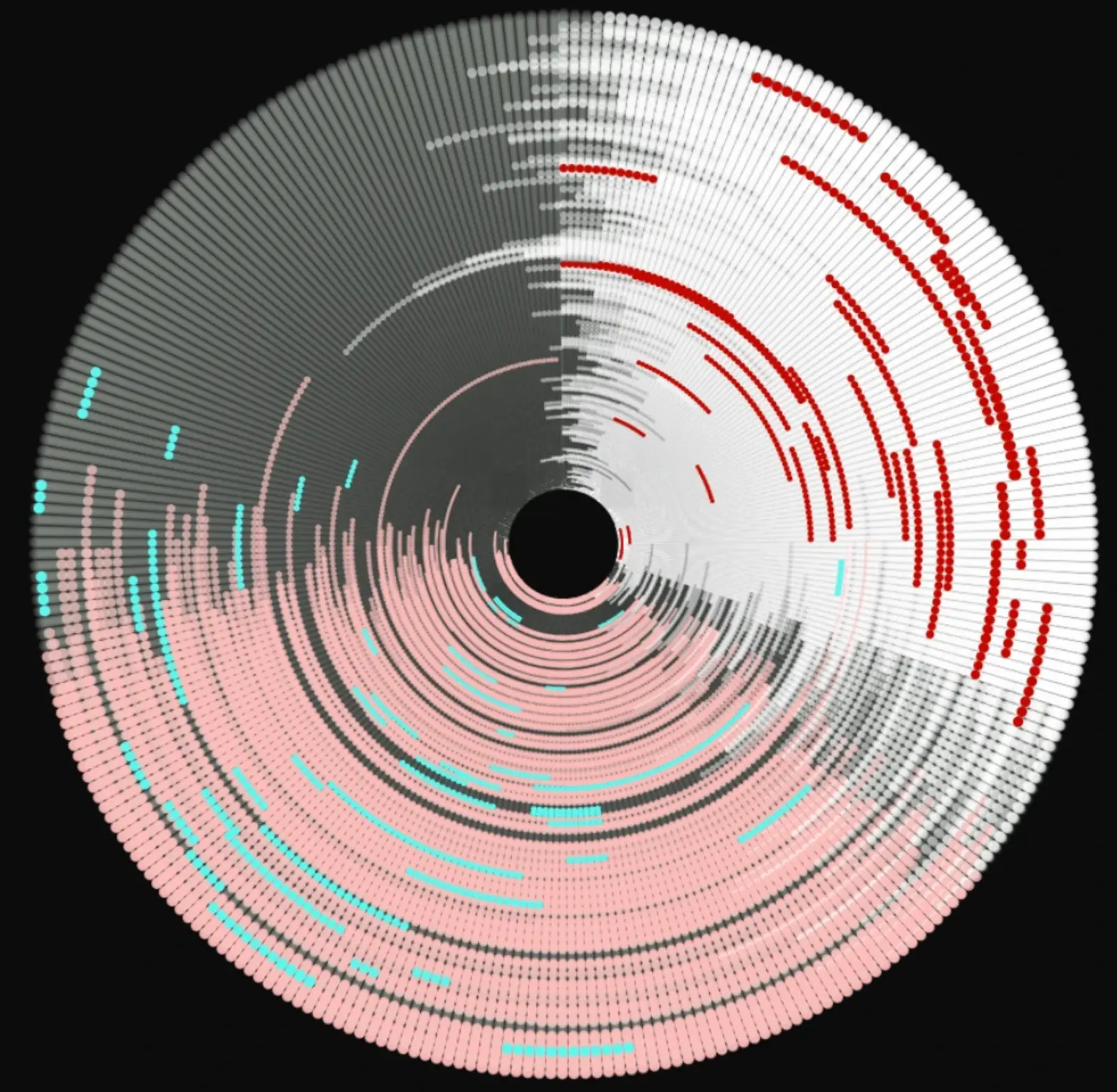
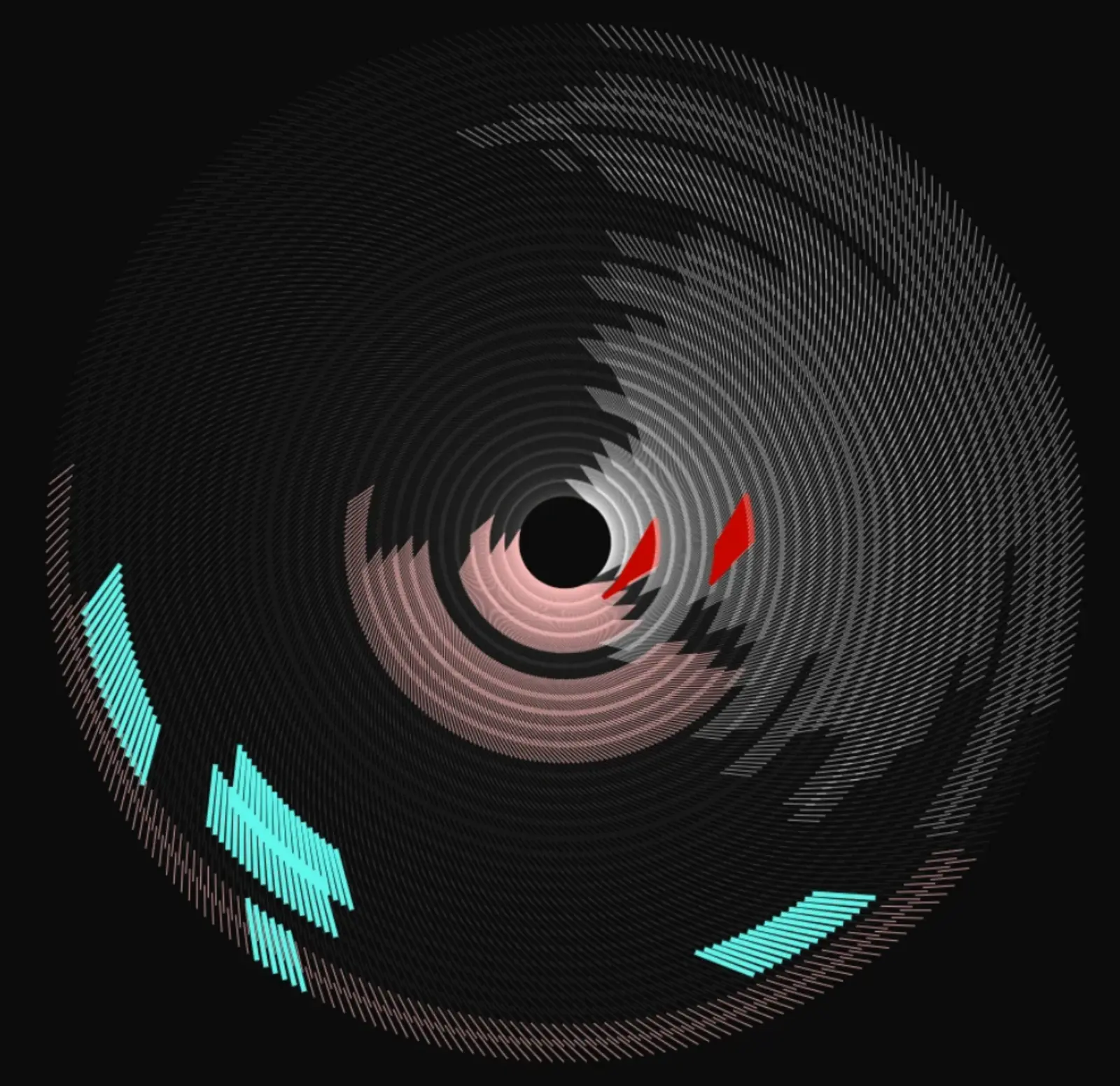
An exploration of the author own life data, where he visualized his sleep, work, and daily rhythms in dozens of creative, experimental ways to reveal hidden patterns.
Published on August 9, 2025





Missing Time is one of the most personal pieces in Florian Melki’s collection 50 nuances de dataviz, a long-term artistic experiment exploring how a single dataset can reveal countless perspectives. It began in 2016, when Florian started recording every moment of his daily life — hours of sleep, work, and the many nighttime awakenings spent soothing his one-year-old daughter. What began as a quantified-self exercise soon became a meditation on time, balance, and the intimate rhythms of everyday life.
Over the course of a year, these self-observations turned into a rich dataset — nearly 100,000 data points representing the invisible structure of his days. Florian transformed these numbers into dozens of visualizations, from traditional circular timelines to bold experimental forms that blur the line between data art and emotional storytelling. Each visualization seeks to answer a simple but universal question: how do we spend our time, and what remains unseen in the spaces between?
While refining his visualizations, a coding error unexpectedly caused the hours of work to disappear from view. Instead of discarding it, Florian saw meaning in the absence. The resulting piece, Le temps qui nous manque (“The Missing Time”), highlights not what is done, but what is lost — the unrecorded, unseen hours that vanish into the background of a busy life. The visualization became a poignant reflection on the time he couldn’t spend with his daughter, transforming a technical glitch into a moment of truth.
The project then evolved into an ongoing series of experiments, testing different rendering techniques, densities, and textures. From delicate “fur charts” that evoke movement and softness to spiraling compositions that unfold like a clockwork of human behavior, each visualization becomes both a self-portrait and a study of perception. Through these transformations, Missing Time asks us to reconsider data not as cold information but as a medium for emotion, introspection, and art.
At its core, the work defends two core values: that one can do much with very little — local data, time, and curiosity — and that studying human traces within digital systems remains an untapped field for both research and creativity. By visualizing his own rhythms, Florian illustrates how data visualization can reconnect us to our humanity, helping us see the beauty, fragility, and meaning hidden inside the numbers of our everyday lives.




